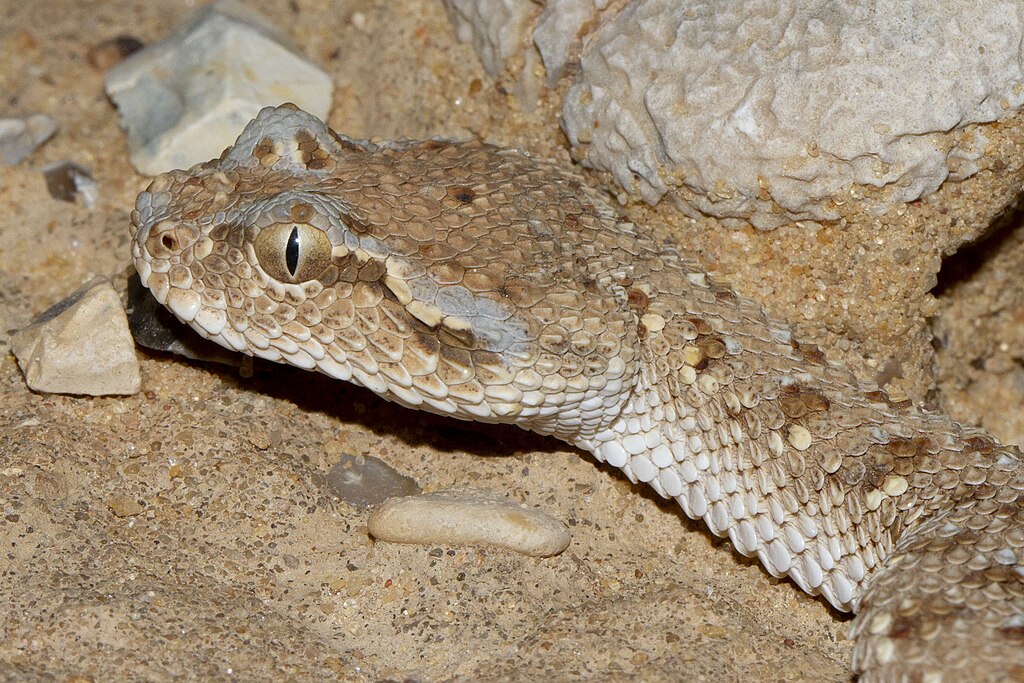The world of herpetology—the study of reptiles and amphibians—continues to surprise us with remarkable discoveries. Despite centuries of scientific exploration, our planet still harbors countless undiscovered species waiting to be found. Snakes, with their secretive natures and often remote habitats, are particularly prone to remaining hidden from scientific classification until recent years. Advances in genetic analysis, increased field research in remote locations, and growing interest in biodiversity conservation have all contributed to a golden age of snake discovery. The following five examples highlight some of the most fascinating snake species that have slithered into scientific knowledge only recently, reminding us that our understanding of Earth’s biodiversity remains incomplete.
The Shocking Discovery of the Matilda’s Horned Viper
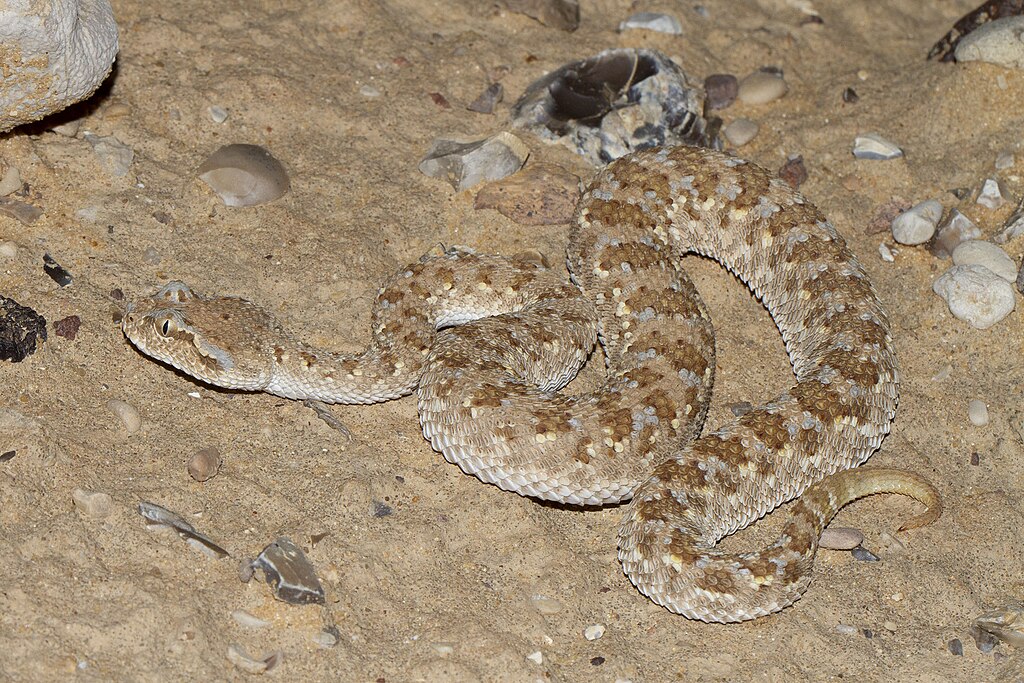
In 2011, scientists made a remarkable discovery in a remote forest fragment in Tanzania’s Tanzanian Eastern Arc Mountains. The Matilda’s Horned Viper (Atheris matildae) captivated researchers with its distinctive hornlike scales above its eyes and its vibrant yellow and black coloration. This venomous bush viper was completely unknown to science until a research expedition stumbled upon it during biodiversity surveys of the isolated region. What makes this discovery particularly significant is the extremely limited range of the species—it appears to inhabit less than 100 square kilometers of forest. Scientists kept the exact location secret to prevent illegal collection for the exotic pet trade, highlighting the immediate conservation concerns that accompanied this spectacular find.
The Cryptic Northern Philippine Wolf Snake Emerges
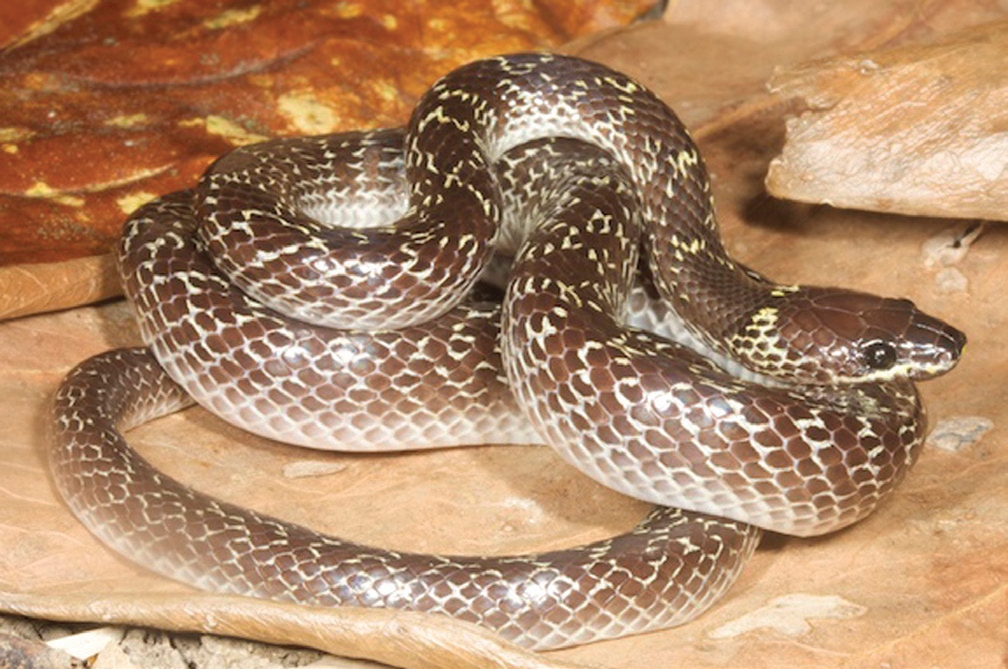
The dense, tropical forests of the Philippines have long been known as biodiversity hotspots, but they continue to yield surprises. In 2007, scientists described the Northern Philippine Wolf Snake (Lycodon bibonius), a species that had remained hidden in plain sight due to its remarkable similarity to other wolf snakes in the region. Genetic analysis revealed that what was previously thought to be a single widespread species was actually several distinct species with different ranges. This medium-sized, non-venomous snake specializes in hunting lizards and small mammals in the forest understory of northern Luzon Island. The discovery highlighted how modern genetic techniques can uncover “cryptic species”—animals that appear nearly identical to related species but are genetically distinct enough to be classified separately.
The Stunning Emerald Tree Boa Doppelgänger
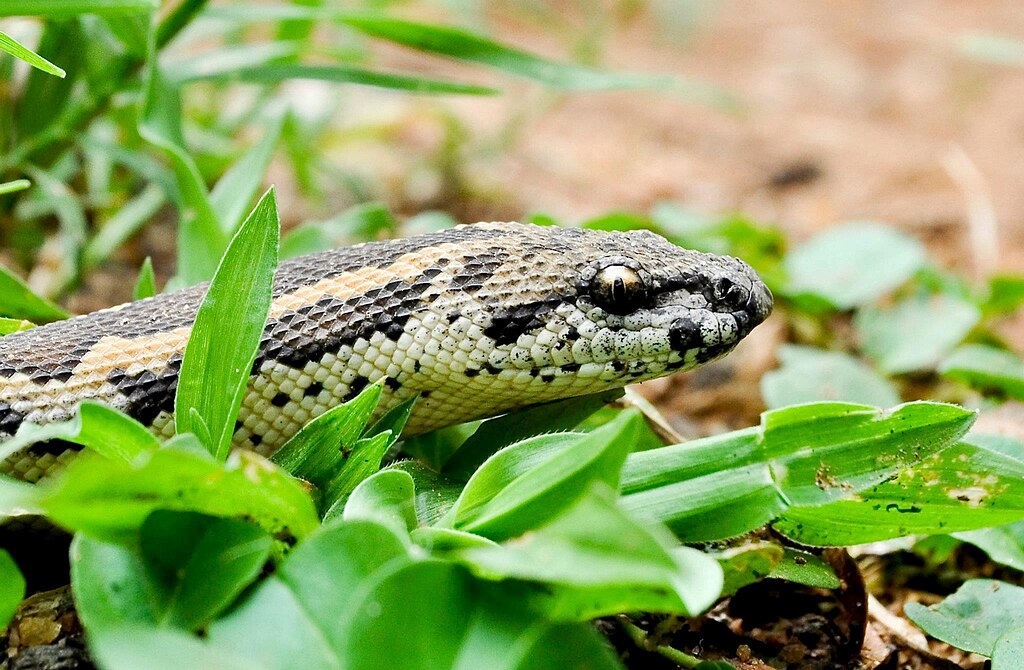
For decades, herpetologists believed the iconic Emerald Tree Boa of South America was a single species with variable characteristics. However, in 2017, researchers made the surprising announcement that they had identified a completely separate species—Corallus batesii, or the Northern Emerald Tree Boa. Despite its striking similarity to the already-known Emerald Tree Boa (Corallus caninus), detailed morphological examination and genetic testing confirmed it as a distinct species. This snake inhabits a different region of the Amazon Basin and shows subtle differences in head shape, scale patterns, and coloration that had previously been attributed to regional variation. This discovery was particularly noteworthy because it involved such a large, visually dramatic snake species that was already familiar to scientists, yet had been misclassified for generations.
The Elusive Cambodian Kukri Snake Reveals Itself
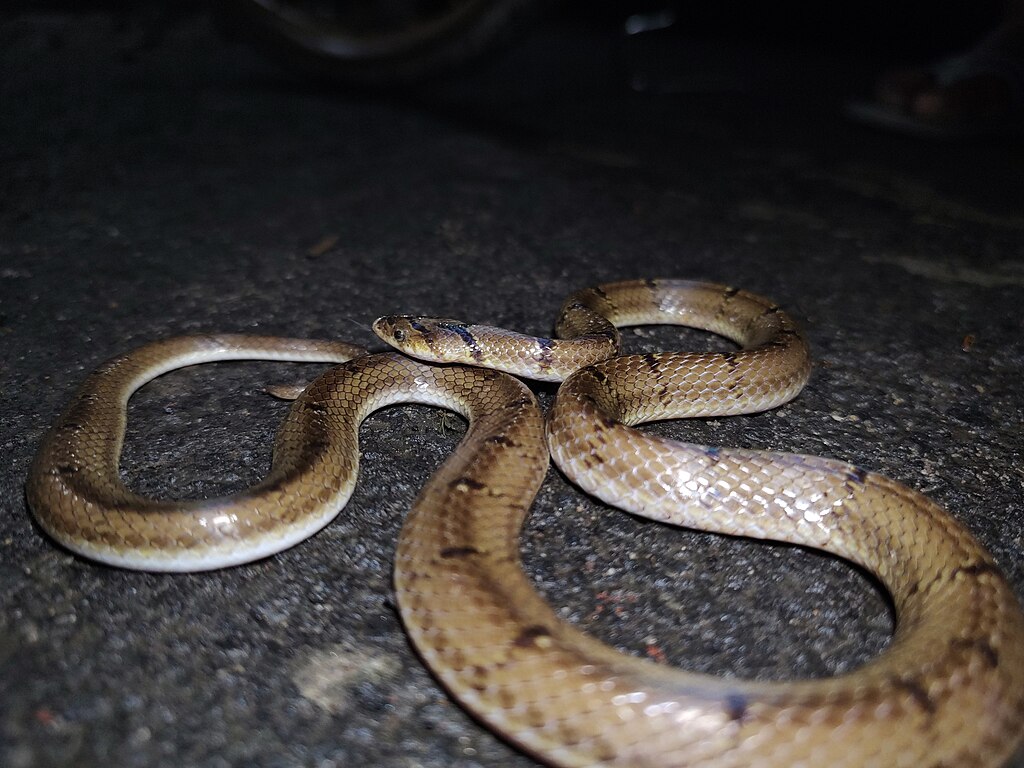
Deep in the limestone karst landscapes of Cambodia’s Cardamom Mountains, researchers in 2015 encountered a snake unlike any they had documented before. The Cambodian Kukri Snake (Oligodon kampucheaensis) derives its name from the distinctively curved, kukri-like teeth these snakes use to slice open reptile eggs that form a significant part of their diet. With its unique reddish-brown coloration and distinct scale pattern, the species was quickly identified as new to science. What made this discovery particularly significant was the snake’s highly specialized habitat—it appears to be endemic to a very small region of karst formations that are under threat from limestone quarrying operations. The snake’s discovery brought immediate attention to the need for conservation efforts in this biodiversity-rich but vulnerable ecosystem.
The Blue-Bellied Night Snake’s Surprise Appearance
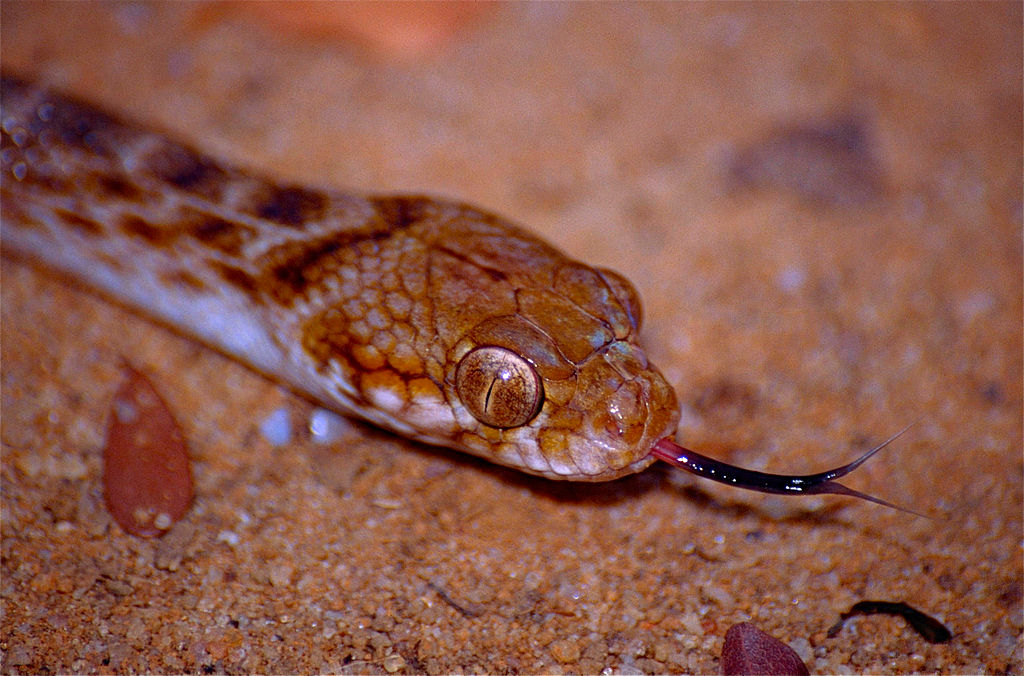
Mexico’s rich biological diversity yielded another surprise in 2016 when researchers described the Blue-bellied Night Snake (Hypsiglena ochrorhyncha martinorum). This distinctively colored rear-fanged snake had escaped scientific detection despite inhabiting areas relatively close to populated regions. The snake’s nocturnal habits and secretive behavior contributed to its long-term scientific obscurity. With a stunning blue ventral surface contrasting with its brown dorsal coloration, this species represents a visually striking addition to the known snake fauna of North America. Genetic analysis confirmed its status as a separate species within the night snake complex, a group of similar-looking snakes that had previously been considered a single species until recent molecular studies revealed their separate evolutionary histories.
The Role of Modern Genetic Analysis in Snake Discovery
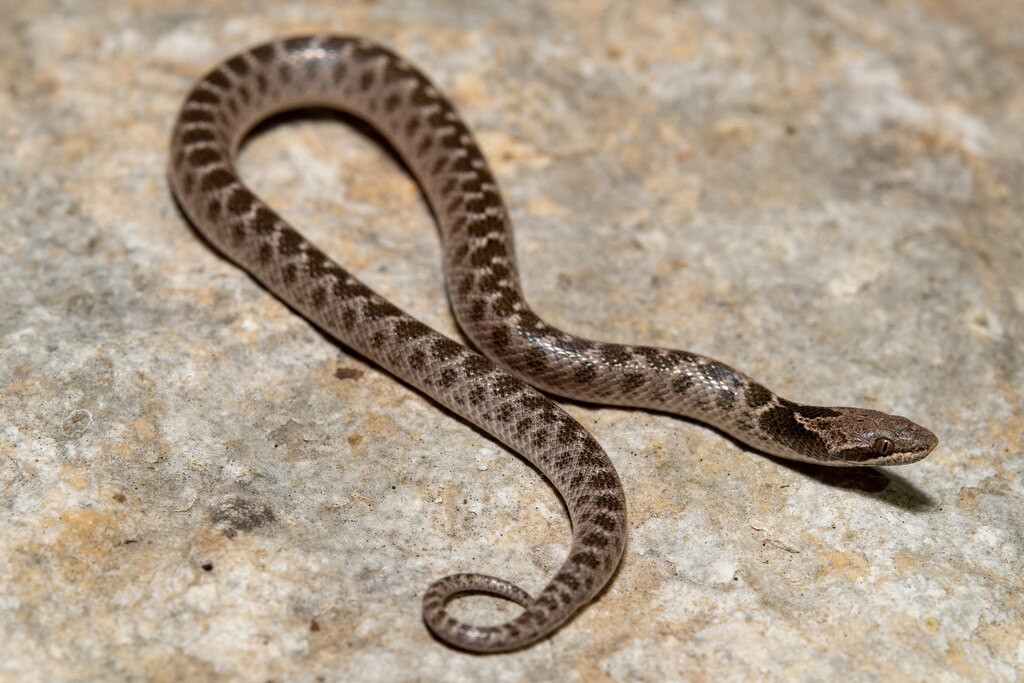
Many recent snake discoveries owe their recognition to advances in molecular genetic techniques. DNA sequencing and analysis have revolutionized taxonomy—the science of classifying organisms—by allowing scientists to detect genetic differences invisible to the naked eye. In some cases, what appears to be a single widespread species with variable characteristics turns out to be several distinct species when their DNA is examined. This phenomenon, known as cryptic speciation, has been particularly common in snake discoveries. Without these modern techniques, many of the species mentioned would likely remain unrecognized, classified as variants or subspecies of known snakes rather than as distinct species in their own right.
Conservation Implications of New Snake Discoveries

The discovery of new snake species carries significant conservation implications, particularly when these species occupy limited geographic ranges. Many newly discovered snakes are endemic to specific habitats—meaning they exist nowhere else on Earth—and these habitats are often under threat from human activities. The Matilda’s Horned Viper, for instance, faces immediate conservation concerns due to its extremely restricted range in a forest fragment threatened by agricultural expansion. New species discoveries help conservationists identify priority areas for protection and can lead to the establishment of new protected areas. They also highlight the importance of preserving habitat in understudied regions that may harbor additional undiscovered biodiversity.
Challenges in Studying Newly Discovered Snake Species

Studying newly discovered snake species presents unique challenges for scientists. The rarity of specimens often means researchers have limited material to work with, sometimes just a single specimen or a handful of individuals. This scarcity makes it difficult to understand the full range of the species’ morphological variation, behavior, and ecological requirements. Field studies can be challenging when species occupy remote or difficult-to-access habitats, as is often the case with newly discovered snakes. Additionally, some new species may be so rare or elusive that years pass between sightings, making continuous research nearly impossible. These challenges highlight why some species can remain undetected for so long, even in relatively well-studied regions.
The Importance of Local Knowledge in Species Discovery

In many cases, newly discovered snake species have long been known to indigenous and local communities who share their habitat. Local hunters, farmers, and traditional healers often have detailed knowledge of the fauna in their regions, including distinctions between similar-looking species that scientists might miss. The Blue-bellied Night Snake, for example, was recognized as distinct by local residents long before scientists formally described it. Increasingly, herpetologists collaborate with local communities, incorporating traditional ecological knowledge into their research. These partnerships not only enhance scientific understanding but also engage local stakeholders in conservation efforts, creating a more sustainable approach to protecting newly discovered species.
How Scientists Name Newly Discovered Snakes
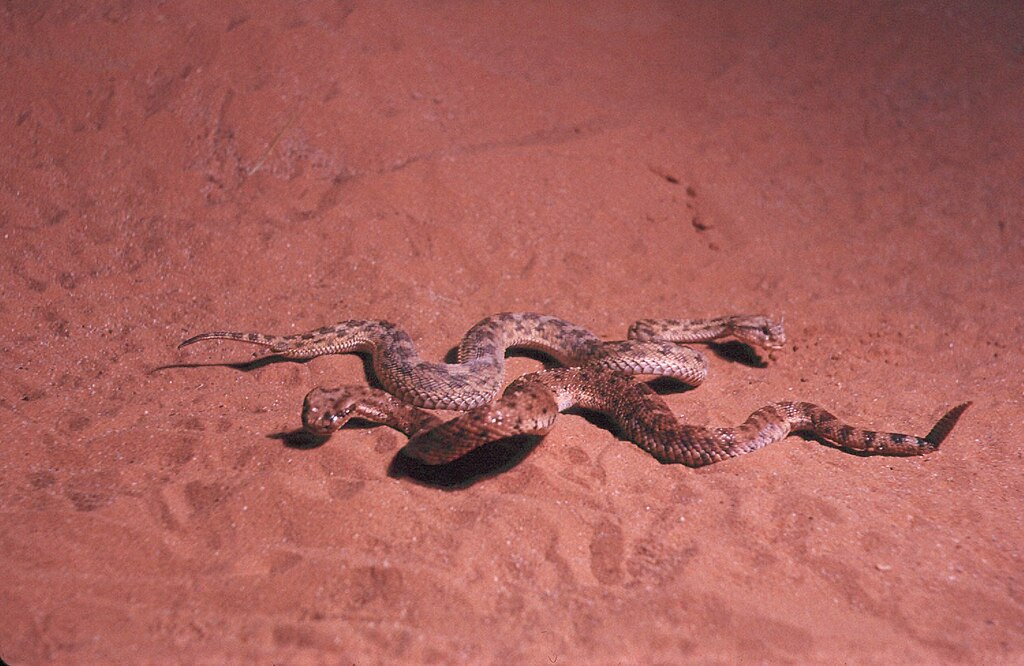
The process of naming a new snake species follows strict rules established by the International Commission on Zoological Nomenclature. Scientists typically choose names that reflect something significant about the species—its appearance, behavior, geographic location, or habitat. Some species are named to honor individuals who have contributed to science or conservation. The Matilda’s Horned Viper, for instance, was named after the daughter of the director of a wildlife conservation organization. The formal scientific description must be published in a peer-reviewed scientific journal and include detailed information about the species’ morphology, genetics, ecology, and how it differs from related species. This naming process ensures that new discoveries are properly documented and integrated into the scientific understanding of snake diversity.
The Future of Snake Species Discovery
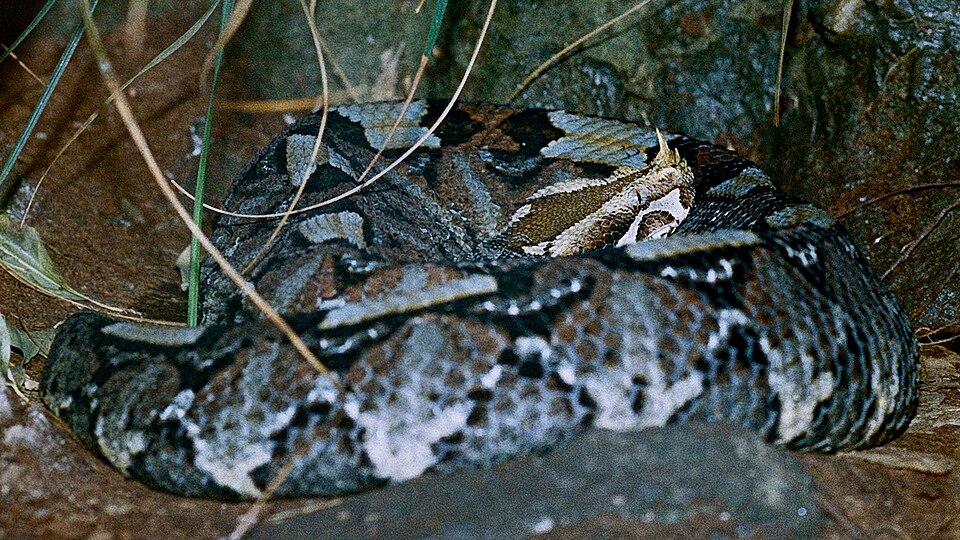
Herpetologists believe we have only scratched the surface of global snake diversity, with many species still awaiting discovery. Remote tropical regions, particularly in Southeast Asia, Central Africa, and South America, likely harbor numerous undescribed species. Some researchers predict that the total number of snake species could increase by as much as 30% in the coming decades as previously unexplored areas are surveyed and genetic techniques become more sophisticated and accessible. However, this race to discover new species takes place against the backdrop of habitat destruction and climate change, creating an urgent need to document biodiversity before it disappears. Future discoveries will likely include both completely new species from remote regions and cryptic species hiding within currently recognized species.
Citizen Science Contributions to Snake Discovery
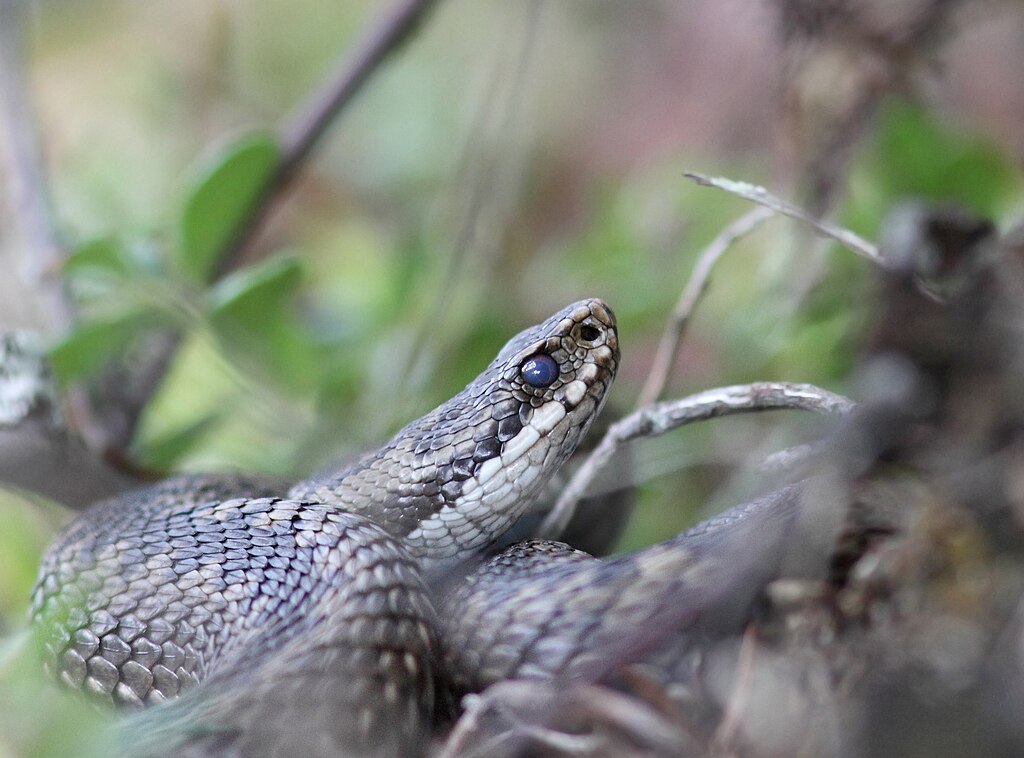
The rise of citizen science initiatives has created new opportunities for snake species discovery. Digital platforms like iNaturalist allow amateur naturalists to upload photographs and location data for expert verification, creating a vast database of observations that scientists can analyze. In several cases, photographs taken by hiking enthusiasts or amateur photographers have led to the identification of potentially new species, prompting researchers to investigate further. These platforms are particularly valuable for documenting range extensions of known species and for monitoring populations of rare or recently discovered species. The democratization of biodiversity documentation through citizen science represents a powerful new tool in the herpetologist’s arsenal, complementing traditional field research methods and expanding the global community engaged in snake discovery.
Conclusion: The Ongoing Discovery of Snake Biodiversity
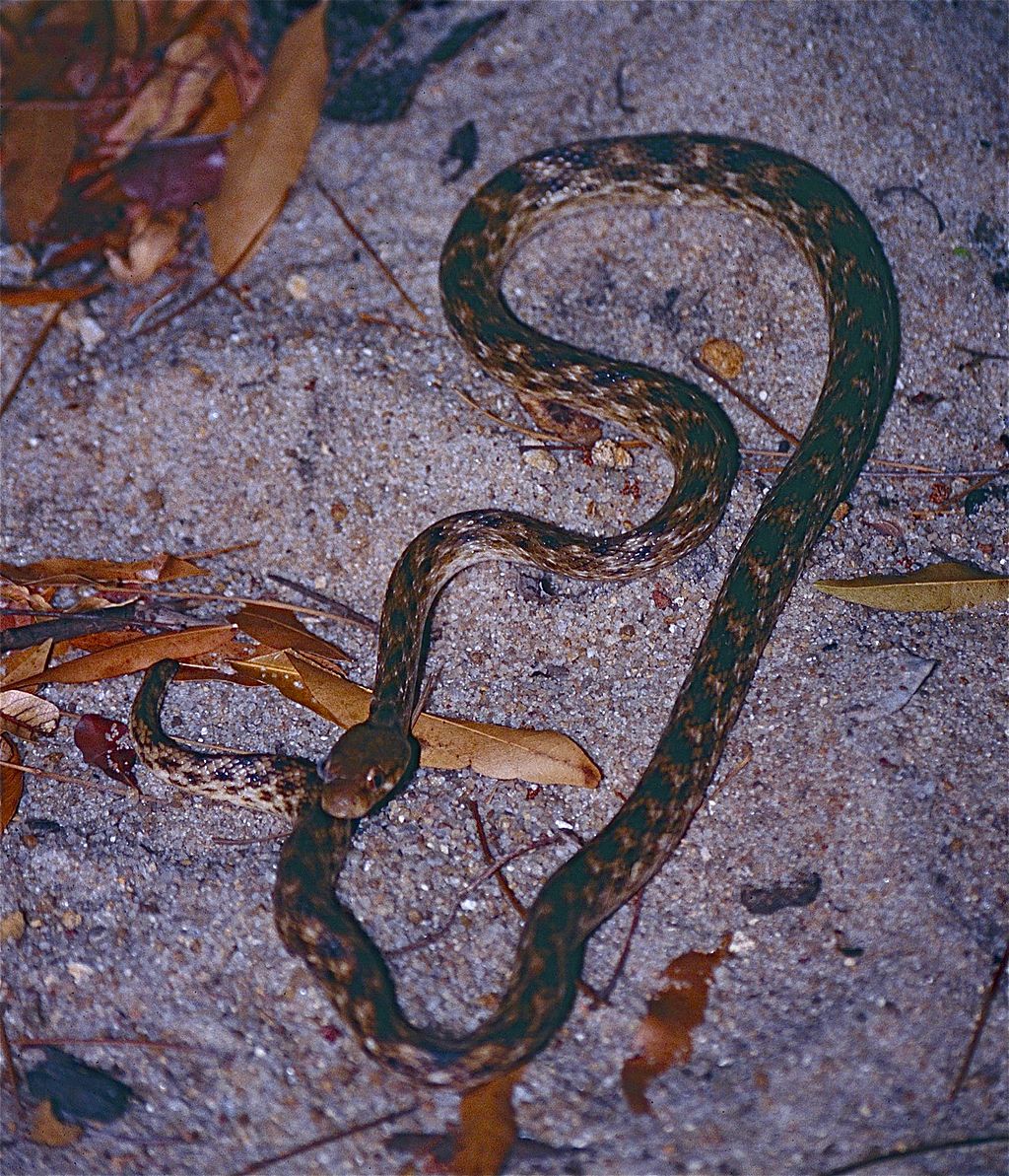
The discovery of new snake species represents one of the most exciting frontiers in modern zoology. Each new species adds another piece to our understanding of evolution, ecology, and biodiversity. These discoveries remind us that despite centuries of scientific exploration, our planet still holds many secrets waiting to be uncovered. They also underscore the urgent need for conservation efforts, as many newly discovered species face immediate threats from habitat loss, climate change, and other human activities. As research techniques advance and more regions become accessible to scientific study, we can expect the catalog of known snake species to continue growing, enriching our understanding of these fascinating reptiles and the ecosystems they inhabit.

